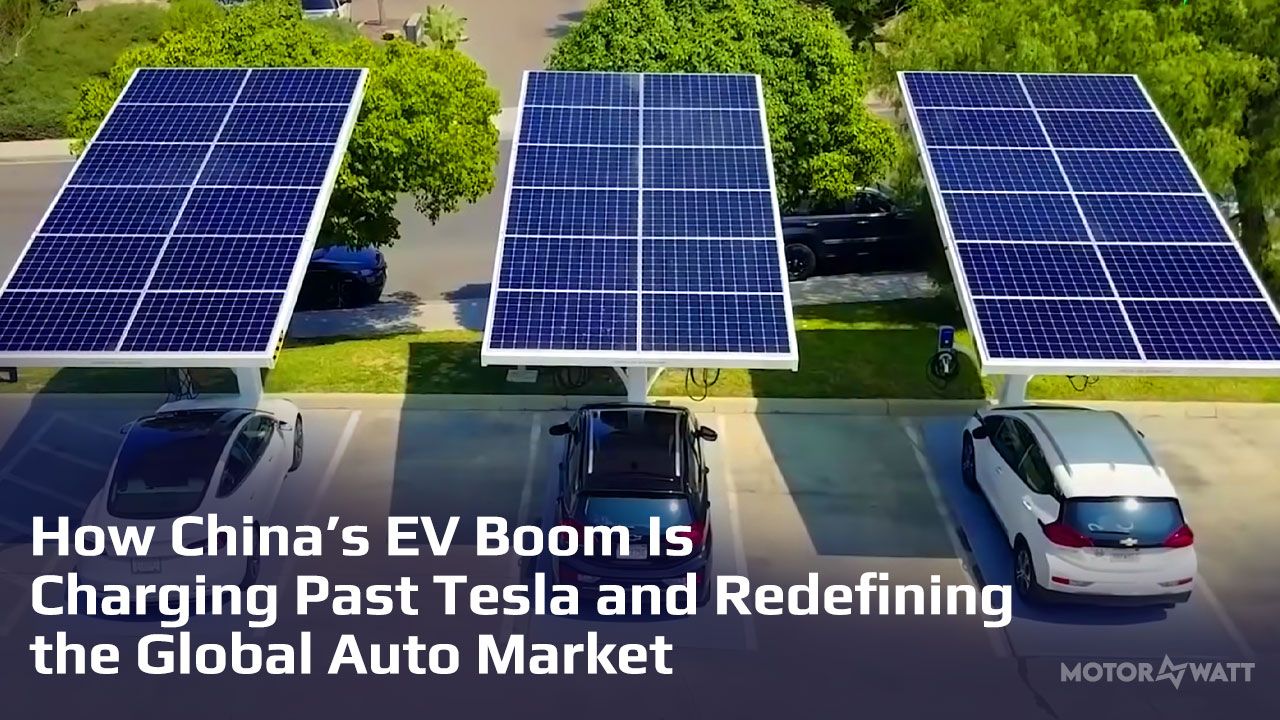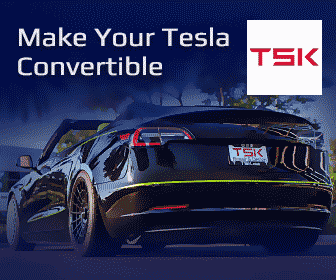How China’s EV Boom Is Charging Past Tesla and Redefining the Global Auto Market
Share this article in Social Media:

China’s EV market led by BYD is outpacing Tesla in sales, innovation, and expansion. BYD’s 5-minute charging battery, $9,500 EVs, and V2G tech signal a shift. With Tesla sales down and Chinese factories going global, China is reshaping the future of electric mobility.
In the electric vehicle game, China isn’t just playing catch-up—it’s taking the wheel. In 2024, BYD pulled in $107 billion in revenue, topping Tesla’s $97.7 billion and sending a clear message: China’s not just competing, it’s leading. That lead isn’t built on hype. It’s built on innovation, rapid-fire production, and a playbook that merges industrial muscle with government backing.
From batteries that charge faster than your phone to factories sprouting up in Brazil and Hungary, China’s EV ecosystem—anchored by BYD and CATL—isn’t slowing down. Meanwhile, Tesla is fighting to hold onto shrinking territory in Europe and China, weighed down by politics, aging models, and a fast-shifting competitive field.
BYD’s 5-Minute Charge Battery Is a Game-Changer
Let’s start with tech. In early 2025, BYD unveiled a battery that can add 400 km (249 miles) of range in just five minutes. Powered by its “Super e-Platform,” this setup delivers 1,000 kW of charging—double what Tesla’s top-tier Superchargers can handle. That’s not just fast; that’s faster than filling a gas tank.
While Tesla drivers wait 15 minutes for 200 miles, BYD owners could be back on the road before their coffee order’s ready. The implications are massive: EVs can now serve urban commuters, long-distance drivers, and delivery fleets without the downtime that once scared off buyers. For many consumers, that’s the tipping point.
China’s Push Into Emerging Markets Is Redrawing the EV Map
BYD’s not keeping this momentum locked up at home. It’s aggressively expanding into emerging markets—where the real growth lies. In Brazil, it’s dropping nearly $1 billion on a new plant in Camaçari. In Southeast Asia, it’s already dominating Thailand’s EV charts. Africa and Latin America are next in line.
The secret sauce? Price. Models like the BYD Seagull start at just $9,500 (€8,800), while Tesla’s cheapest Model 3 clocks in north of $32,000 (€29,700). BYD sold 4.27 million vehicles in 2024, and 10% were exports. With local production planned in Europe and Turkey, BYD is setting up shop wherever tariffs try to block them out. Tesla, with fewer affordable models and a smaller factory footprint abroad, is watching from the sidelines.
V2G Grid Integration: China Turns EVs Into Energy Banks
China’s big picture thinking doesn’t stop at cars. It’s integrating EVs into its power grid. Through pilot programs in cities like Shenzhen, BYD is enabling vehicle-to-grid (V2G) tech—meaning EVs don’t just pull electricity, they can push it back. Imagine millions of EVs acting like mobile power plants, stabilizing the grid during high demand.
If just 10% of BYD’s projected 5.5 million vehicle sales in 2025 are V2G-enabled, that’s 27.5 gigawatts of potential power—enough to run a mid-sized nation. Tesla, by comparison, is still focused on Powerwalls and home-scale solutions. China’s grid-first approach flips the entire EV narrative on its head: these aren’t just cars; they’re infrastructure.
Tesla Faces Growing Pains in China, Europe, and Beyond
Tesla’s got a problem. Actually, a few. In China—its second-largest market—Model Y deliveries fell 11.5% year-over-year in March 2025, down to 78,828 units. In Europe, things look worse: January sales slumped 45%. Global Q1 sales dropped 13% to 336,681—Tesla’s worst in nearly three years.
Meanwhile, Elon Musk’s increasingly political persona isn’t helping. His vocal backing of Donald Trump’s 2024 run and controversial positions in Germany have alienated key demographics. Sales in Germany? Down 76% in February. In a market that once treated Musk like a tech messiah, sentiment is cooling fast. And that’s not even counting competition from Xiaomi, Leapmotor, and Nio—all flooding the midrange EV space with cheaper, smarter cars.
EV Geopolitics: Batteries, Tariffs, and the Race for Control
China now controls the EV chessboard. It passed Japan as the world’s largest car exporter in 2023. Battery makers like CATL and BYD dominate global supply—Tesla buys cells from both. And with 97% of China’s 2025 EV sales coming from domestic brands, it’s clear who owns the home court advantage.
But not everyone’s cheering. The U.S. slapped a 100% tariff on Chinese EVs, while the EU added duties up to 45.3%. BYD’s response? Build local. Plants in Hungary, Turkey, and maybe Germany are already in the works. China’s vertical integration—from lithium mining to chip design—makes it faster and cheaper at every step. The West is playing defense.











